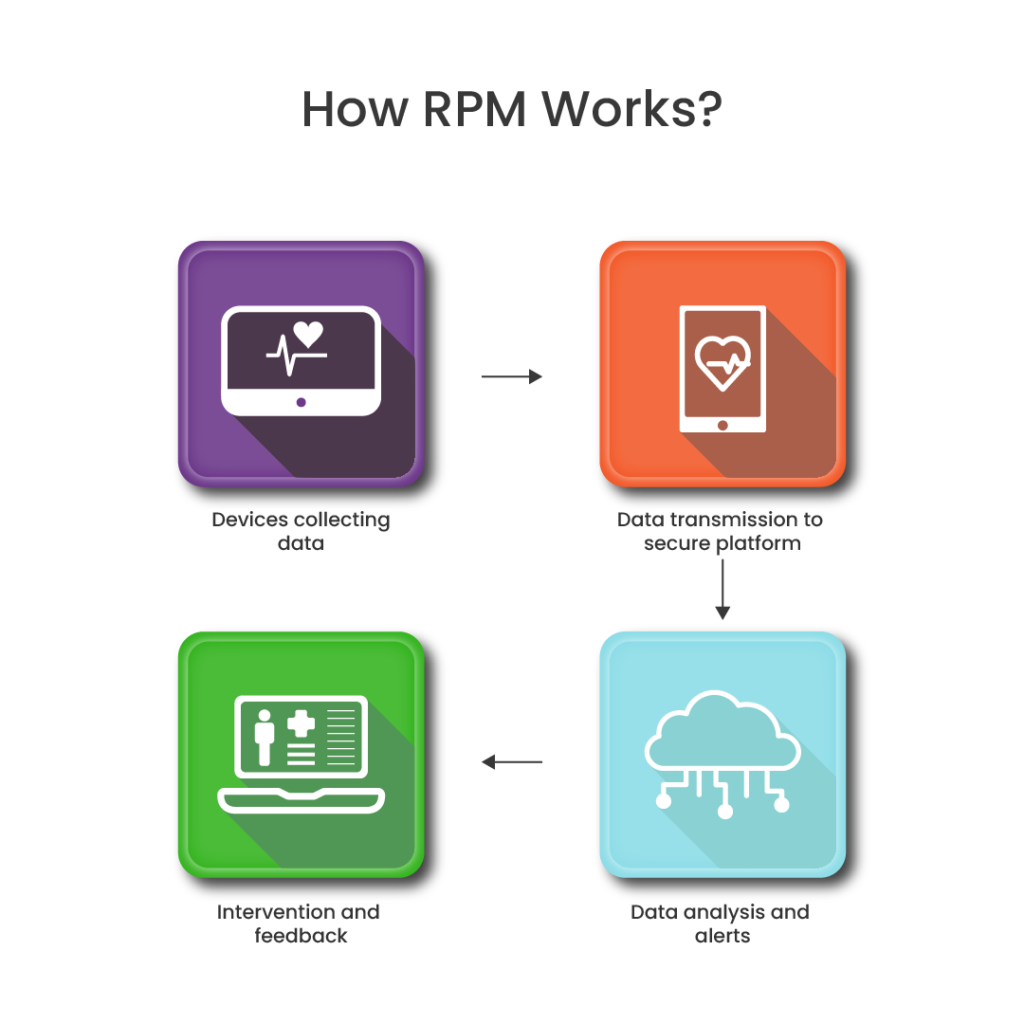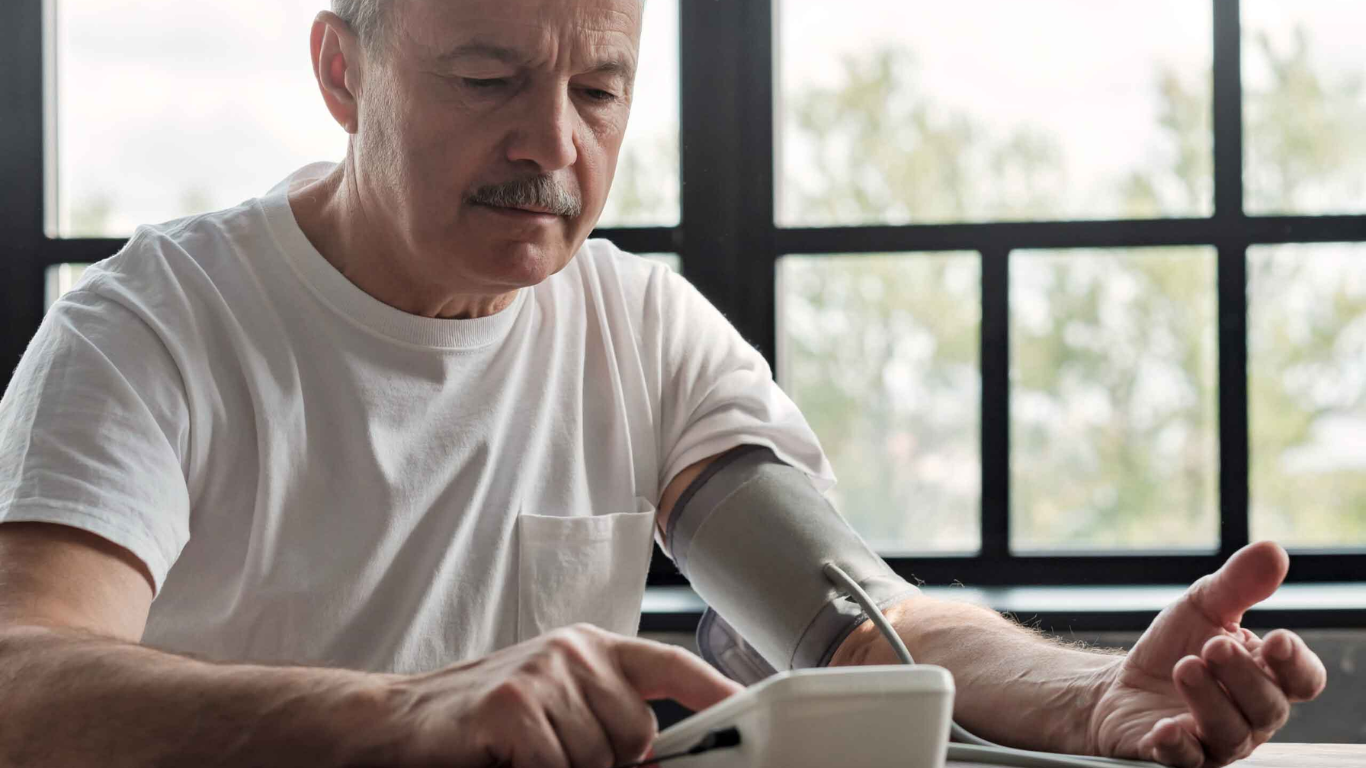Understanding Remote Patient Monitoring (RPM)

Welcome to Health Connect RPM, where we’re dedicated to revolutionizing healthcare through Remote Patient Monitoring (RPM). In this article, we’ll explore what RPM is, how it works, and the remarkable benefits it provides for individuals managing chronic conditions.
What is Remote Patient Monitoring (RPM)?
Remote Patient Monitoring, or RPM, is a cutting-edge healthcare approach that empowers patients to monitor their health outside of traditional clinical settings. Utilizing wearable devices, mobile apps, and secure communication platforms, RPM enables individuals to track vital health data and stay connected with their healthcare providers.
How Does RPM Work?
- Wearable Devices and Portable Monitors: Patients utilize a variety of devices including smartwatches, health trackers, and portable monitors to gather vital health data such as heart rate, blood pressure, and blood glucose levels.
- Data Transmission: The gathered data is automatically transmitted to a secure platform accessible by both patients and healthcare providers in real-time.
- Analysis and Alerts: Advanced algorithms analyze the data for any concerning trends or abnormalities. If any issues are identified, patients and healthcare providers are promptly alerted.
- Intervention and Feedback: Based on the data analysis, patients and healthcare providers can proactively adjust treatment plans, offer timely feedback, or schedule necessary appointments.

What Are the Benefits of RPM for Chronic Condition Management?
- Improved Health Outcomes: RPM facilitates the early detection of health issues, leading to timely interventions and ultimately better health outcomes for patients.
- Enhanced Patient Engagement: Patients become more engaged in their healthcare journey as they actively participate in monitoring their health, resulting in increased adherence to treatment plans.
- Convenience and Comfort: RPM enables patients to manage their conditions from the comfort of their homes, reducing the need for frequent hospital visits and enhancing overall convenience.
- Cost-Effectiveness:
By preventing complications and hospital readmissions through proactive monitoring, RPM ultimately reduces healthcare costs for both patients and
providers.
Remote Patient Monitoring is not just a technological advancement; it’s a game-changer in chronic condition management. At Health Connect RPM, we’re committed to leveraging the power of RPM to empower individuals, improve health outcomes, and revolutionize the way healthcare is delivered. If you’re interested in learning more about our specific services and how we can support your health and wellness journey, please don’t hesitate to contact us.
Stay tuned for more insights and updates on how RPM is transforming the healthcare landscape.
.